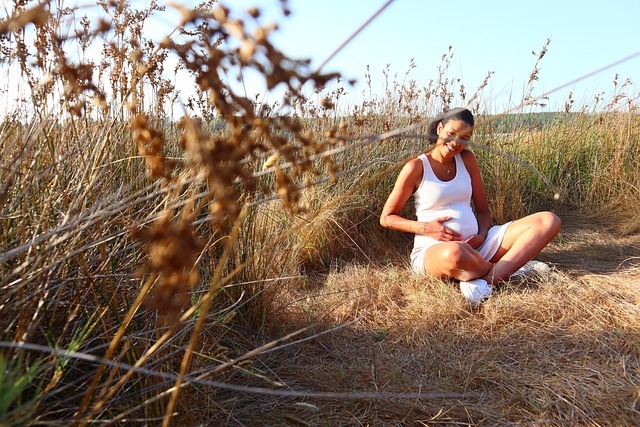As the New Year rolls in, many of us consider new job opportunities or ways to advance in our current careers. If you’re planning to start a family, or you’re already expecting or nursing, it’s natural to become more aware of workplace safety and potential exposures.
It’s interesting to see how expectations change; many women don’t think much about workplace hazards when they first start out. However, once the idea of pregnancy surfaces, the focus shifts significantly. As a certified genetic counselor, I’ve noticed that women often reach out to discuss safety at work when they become pregnant or start planning for a baby. With a little one on the way, concerns about a safe environment become paramount.
If you’re considering pregnancy, now is the perfect time to ask questions about your workplace safety with healthcare providers or consult with a specialist. Being proactive about potential occupational exposures can help you determine if any additional safety measures are needed. Don’t forget to consider any hazards your partner may encounter at work too.
Common Occupational Hazards
- Chemicals
- Metals
- Anesthetic gases
- Loud noises
- Extreme temperatures
- Strenuous physical activity
- Repetitive motions
- Infectious agents
- Emotional stress
Exposure can occur through inhalation, skin contact, or ingestion, and sometimes workers unknowingly bring home hazardous materials on their clothes or shoes. This is why it’s vital to communicate with your partner and others living in your home about their workplace conditions.
While the list of potential hazards may seem daunting, it’s important to remember that just because a hazard exists doesn’t mean you will be exposed to it. In fact, employment often offers benefits for maternal health and baby outcomes, thanks to the social and financial stability it provides. Many health issues linked to workplace exposures don’t typically interfere with your ability to conceive or maintain a healthy pregnancy.
The Occupational Safety and Health Administration (OSHA) mandates that employers maintain a safe working environment. However, it’s worth noting that many safety protocols were designed with non-pregnant adults in mind, which complicates understanding the impact of certain exposures on pregnancy. Nevertheless, adhering to established safety practices can minimize risks to both your health and that of your baby.
Topics to Discuss with Your Employer
- Job title and length of employment
- Description of job duties
- Specific exposures that worry you
- Personal protective equipment (PPE) used
- Ventilation at your workplace
- Food and drink storage practices
- Any health symptoms experienced by you or coworkers
- Availability of reports related to air or water quality
For those working with chemicals, it’s essential to consult the Safety Data Sheets (SDS) to understand the hazards you may encounter. This resource outlines how to handle and store materials safely, and provides guidance on PPE and emergency procedures.
Safety gear is crucial. Ensure your workplace provides appropriate PPE like gloves, masks, and protective clothing, and remember to use them consistently—not just when pregnant. If the right PPE isn’t available, advocate for it with your employer. You might even consider consulting an occupational health specialist for tailored advice.
For more information on reducing your exposure to workplace hazards, check out our fact sheets on reproductive hazards and specific occupational exposures. You can also learn more about workplace safety from resources like the National Institute for Occupational Safety and Health (NIOSH).
So as you set out into this new year, whether it’s a new job, a new baby, or both, prioritize your health and safety at work.
And if you’re looking for baby names, don’t miss our post on baby boy names starting with the letter “I” — it’s a fun read! If you’re exploring home insemination, check out the insights from Make a Mom for the best kits available. You can also find a wealth of information about artificial insemination on Wikipedia.
Summary
Navigating workplace safety while pregnant or breastfeeding is crucial. Be proactive in discussing potential hazards with your employer and healthcare provider. Equip yourself with information about your work environment and prioritize your health and that of your baby.

